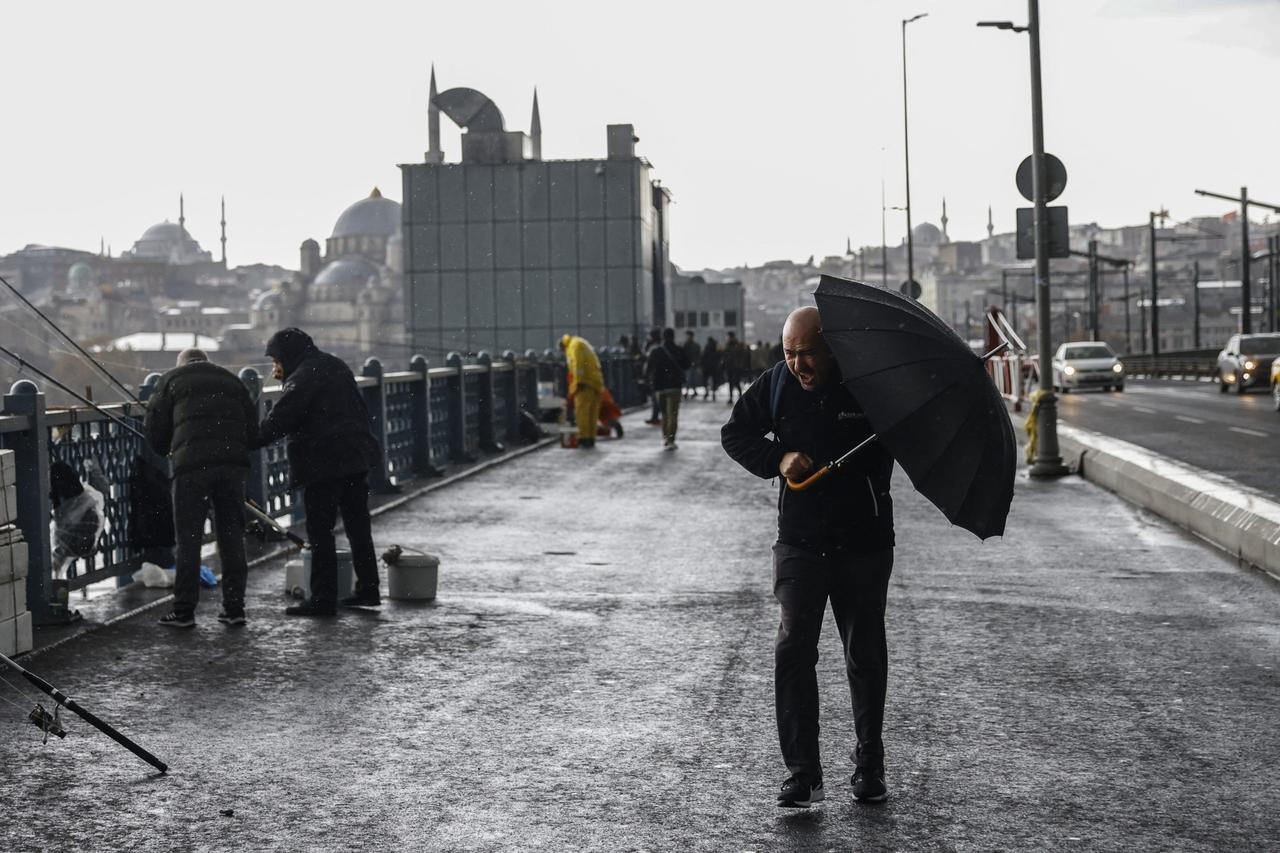
Following the 6.2-magnitude earthquake that struck Istanbul in April, the growing concern over a potential major quake in the city has triggered serious fluctuations in the rental market.
While rents in high-risk districts have declined, prices in areas perceived as safer have soared.
This shift reflects a deepening public anxiety that now directly influences housing decisions. For many Istanbul residents, the criteria for choosing a home have fundamentally changed.
Proximity to fault lines, the structural integrity of buildings, and access to open areas are now as important as location, price, and amenities.
Real estate agents report a marked increase in inquiries about building age, construction standards, and earthquake insurance coverage. Some prospective tenants are even consulting geological maps before signing lease agreements.
This heightened awareness has led to notable changes in both tenant behavior and landlord expectations, reshaping the housing market in ways unseen since previous major quakes in Türkiye.
As of April, the lowest rental prices per square meter were recorded in the following districts:
● Esenyurt: ₺183
● Arnavutkoy: ₺189
● Esenler: ₺190
● Sultangazi: ₺193
● Silivri: ₺200
● Sultanbeyli: ₺205
● Avcilar: ₺222
●Catalca: ₺228
● Buyukcekmece: ₺230
● Beylikduzu: ₺230

During the same period, the highest per-square-meter rental prices were seen in:
● Kadikoy: ₺520
● Besiktas: ₺500 TL
● Sariyer: ₺500
● Bakirkoy: ₺464
● Zeytinburnu: ₺432
● Beyoglu: ₺388
● Atasehir: ₺384
● Sisli: ₺375
● Uskudar: ₺350
● Maltepe: ₺350
The districts with the lowest rents are notably located closer to the Marmara Sea fault lines, where recent earthquakes were most strongly felt.
For instance, the rental price in Silivri at ₺200 per square meter is around 30% lower than Istanbul’s average.
On the other hand, central districts such as Kadikoy, Bakırköy, Zeytinburnu, and Besiktas stand out with their high rental values.
Although Beykoz and Şile are geographically farther from fault lines, their rents, ₺294 and ₺328, respectively, remain lower than those in central neighborhoods. Meanwhile, Sarıyer ranks near the top with a price of ₺500 per square meter.
Commenting on the situation, Adnan Yesiltas, president of the Istanbul Real Estate Agents Association, said, "There’s been a sharp rise in rents for buildings constructed after the earthquake in Istanbul, but a collapse in demand for older buildings."
"Beylikduzu and Avcilar are relatively more affordable compared to downtown districts. In those areas, it’s possible to find rental apartments for ₺20,000. But there is no demand at all for Buyukcekmece and Kucukcekmece. Those districts are now scrambling for urgent urban renewal."
Experts say this transformation is not merely economic but signals a broader sociological shift.
Districts seen as structurally sound have become “safe havens,” while demand plummets in high-risk neighborhoods, leading to an increase in vacant homes. This trend is creating a new wave of internal migration within Istanbul itself.
The disruption in the rental market is further deepening the housing crisis for millions in the city. Middle- and lower-income families are struggling to access safe and secure housing.
Authorities warn that this change is not temporary and emphasize the need to replan housing policies.
Creating earthquake-resilient cities requires not only the construction of new buildings but also the reinforcement of existing structures and greater public awareness.